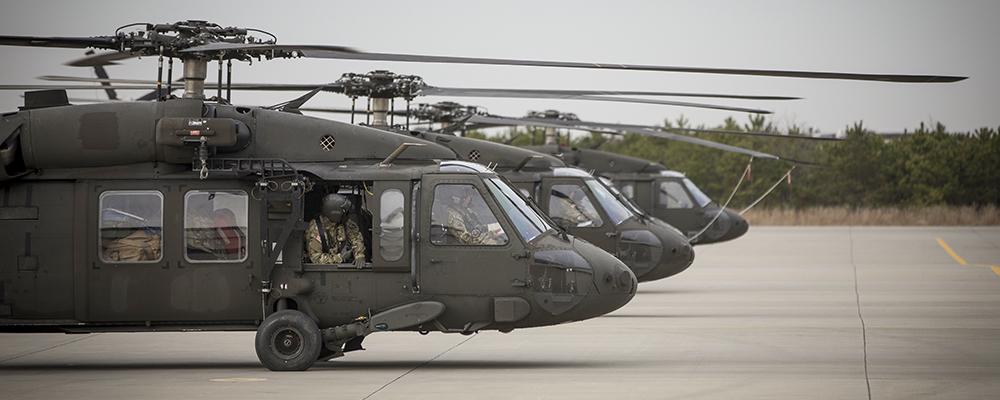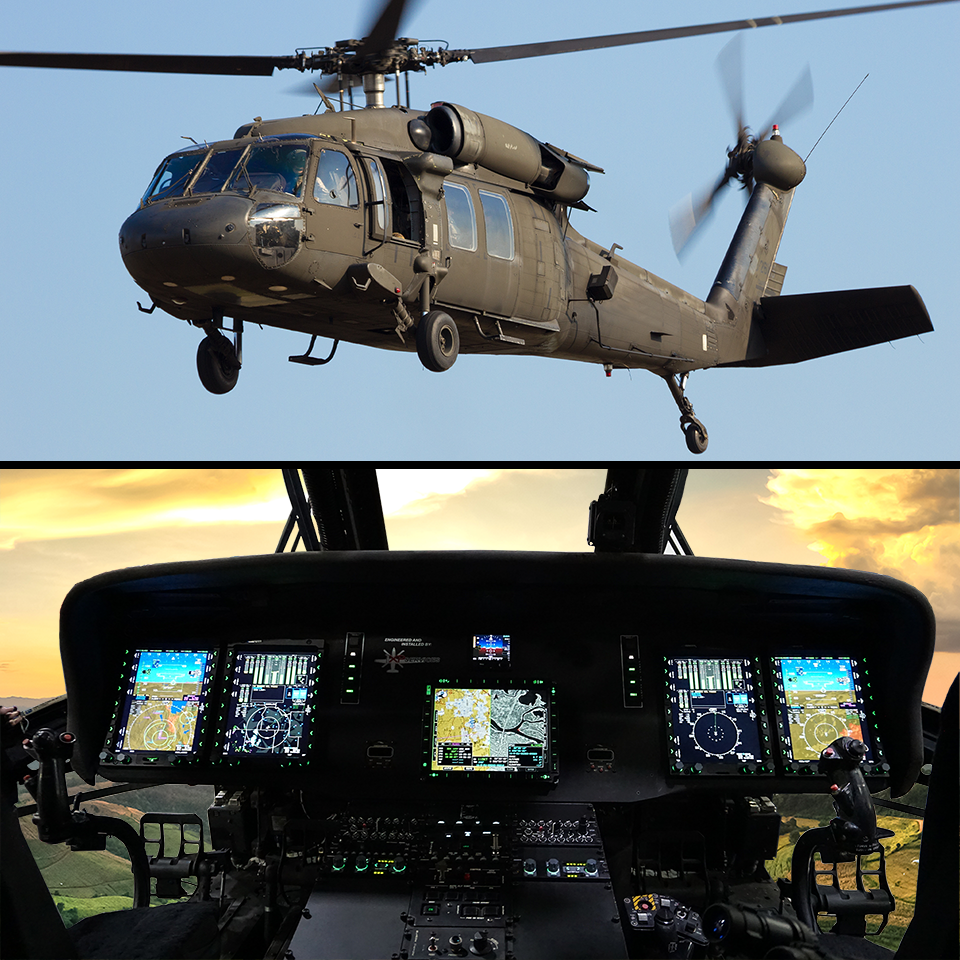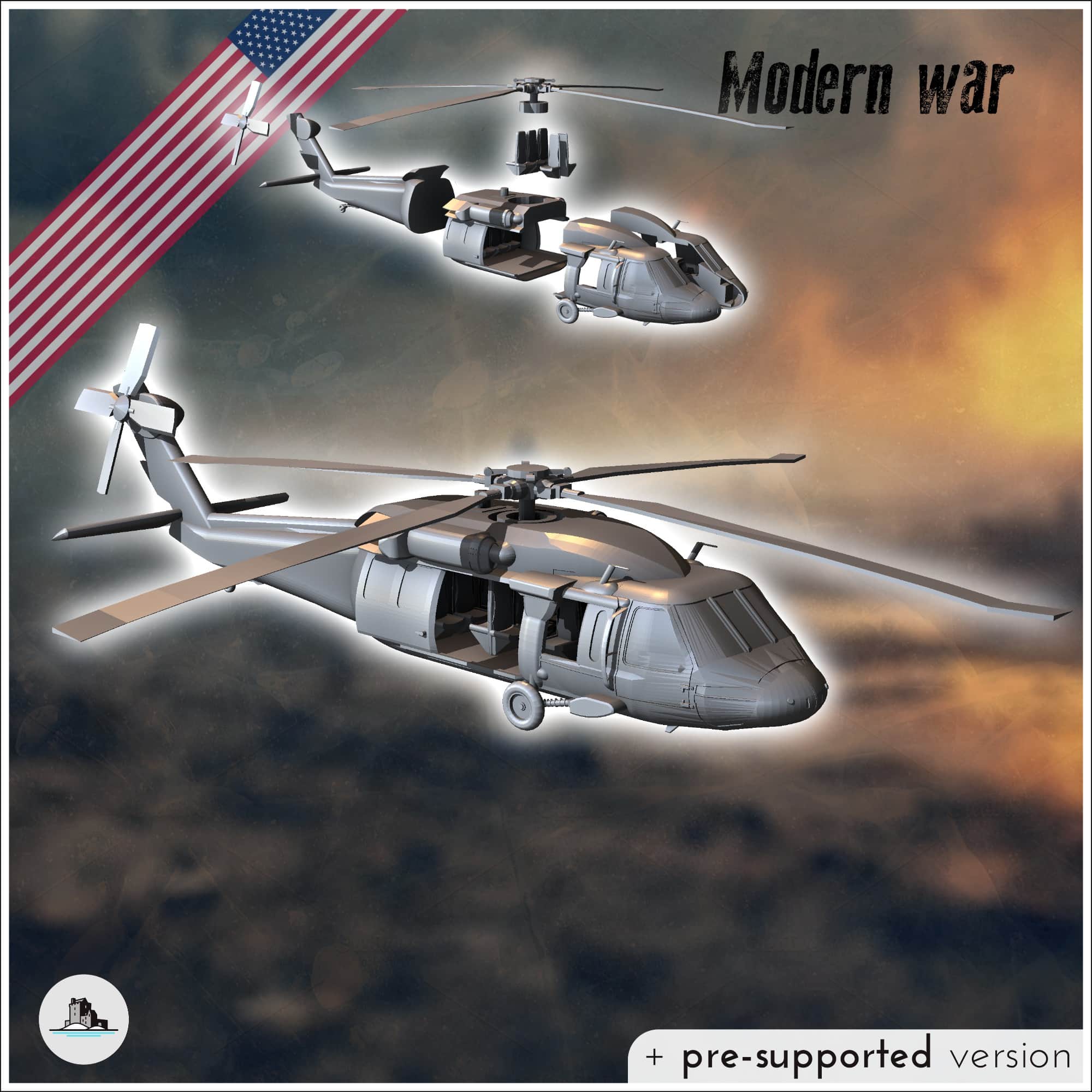UH 60 Helicopter Overview: Key Features and Capabilities for Military Missions
UH 60 Helicopter Overview: Key Features and Capabilities for Military Missions
Blog Article
Exploring the History and Evolution of the UH 60 Helicopter

Origins of the UH-60
The origins of the UH-60 helicopter can be traced back to the late 1960s, a duration marked by the demand for a functional energy aircraft that can adapt to the progressing needs of contemporary war. The united state Military recognized the need for a replacement for the older UH-1 Iroquois, which was coming to be significantly poor for the intricacies of modern combat situations. In 1967, the Army launched the Energy Tactical Transport Airplane System (UTTAS) program, which sought to create a multi-role helicopter qualified of different goals, including army transport, medical evacuation, and logistical support.
The design competition attracted several aerospace makers, however it was Sikorsky Aircraft Corporation that ultimately secured the agreement in 1972. The UH-60 Black Hawk was presented, showcasing cutting-edge style aspects and progressed modern technology that established it in addition to its precursors. Its first trip occurred in 1974, and the aircraft was officially taken on by the Army in 1979. The UH-60 rapidly gained acknowledgment for its robust efficiency, dependability, and adaptability, leading the way for its considerable use in army operations and solidifying its standing as a cornerstone of U.S. Army aviation.
Trick Design Features
Innovative style functions of the UH-60 Black Hawk dramatically contribute to its functional efficiency. One of the most significant elements is its twin-engine setup, which improves integrity and gives a greater power-to-weight ratio, enabling the helicopter to perform under numerous problems. The aircraft's four-blade main blades system provides enhanced lift and ability to move, important for tactical goals.

Furthermore, the cockpit is developed for optimal visibility and comfort designs, including advanced avionics that improve pilot procedures. The modular style of the UH-60 permits easy maintenance and versatility, making it appropriate for various mission profiles, from troop transportation to medevac procedures. These key design features guarantee that the UH-60 Black Hawk stays a reputable and flexible asset in armed forces aeronautics, qualified of satisfying the demands of contemporary war.
Technological Innovations
Recent technological developments in the UH-60 Black Hawk have considerably boosted its operational capacities and convenience. The assimilation of sophisticated avionics, such as digital trip control systems have a peek at this site and improved situational understanding screens, permits pilots to operate with raised precision and efficiency. These systems facilitate enhanced navigation, interaction, find this and data sharing, allowing the helicopter to work effectively in diverse atmospheres.
Furthermore, the introduction of composite materials has actually lowered the total weight of the airplane while maintaining architectural integrity. This decrease boosts gas performance and expands functional range. The unification of innovative rotor technology, including the use of four-blade, fully articulated blades systems, has actually enhanced lift efficiency and ability to move, enabling much better handling in different trip problems.

In addition, advancements in propulsion systems, such as the T700-GE-701D engines, have actually increased power result and reliability - uh 60. These engines add to remarkable efficiency in high-altitude and hot-weather conditions
Finally, the assimilation of self-defense systems and boosted sensor packages improves the Black Hawk's survivability and goal effectiveness. Jointly, these technological renovations make sure that the UH-60 Black Hawk stays a crucial asset in modern-day aeronautics, efficient in adapting to the developing demands of humanitarian and armed forces objectives.
Duty in Armed Force Procedures
As the foundation of U.S. Army aviation, the UH-60 helicopter plays an important role in numerous military operations, acting as a versatile platform for battle support, transportation, and medevac missions - uh 60. Its style incorporates the capacity to operate in diverse environments, making it crucial for army activity and logistical assistance in both unconventional and standard warfare

In medical discharge situations, the UH-60 has actually shown very useful, significantly lowering the time to transfer wounded soldiers from the field of battle to medical facilities. Its innovative avionics and night vision abilities even more guarantee goal success under tough conditions. Overall, the UH-60 helicopter remains an important possession, continuously adapting to meet the developing needs of military operations and enhancing the efficiency of united state pressures worldwide.
Future of the UH-60
Looking ahead, the future of the UH-60 helicopter involves significant improvements in innovation and capabilities made to enhance its operational performance. As armed forces operations evolve, the UH-60 is expected to include sophisticated modern technologies, consisting of enhanced avionics, boosted weapons systems, and progressed interaction devices. These improvements will certainly enable for better situational understanding and goal flexibility, making certain that the UH-60 continues to be an important asset on the battleground.
One significant development is the integration of fly-by-wire systems, which will certainly boost trip control precision and reduce pilot workload. Efforts to update the airframe and engines intend to raise range, speed, read more and haul capacity, therefore broadening the helicopter's functional range.
The future likewise holds guarantee for enhanced interoperability with unmanned airborne systems (UAS), allowing coordinated missions that take advantage of both manned and unmanned capabilities. In addition, the consolidation of expert system and device discovering can optimize trip characteristics and upkeep processes, resulting in reduced operational prices.
Conclusion
The UH-60 Black Hawk helicopter represents a considerable achievement in army air travel, developing from the U.S. Army's first needs for a versatile utility airplane. Its ingenious design attributes and continual technological developments have ensured its importance in numerous military operations over the years. As the needs of contemporary war change, the future of the UH-60 will likely involve more enhancements and adaptations, strengthening its status as a vital asset for militaries worldwide.
The UH-60 Black Hawk helicopter stands for a considerable milestone in military aeronautics, emerging from the United state Military's pursuit for a more versatile and trusted utility airplane in the late 20th century.The origins of the UH-60 helicopter can be traced back to the late 1960s, a period marked by the requirement for a versatile utility airplane that might adapt to the advancing needs of modern warfare. In general, the UH-60 helicopter continues to be an important property, continuously adapting to satisfy the developing demands of armed forces operations and improving the effectiveness of U.S. forces worldwide.
Looking in advance, the future of the UH-60 helicopter entails significant improvements in technology and capacities made to improve its operational performance.The UH-60 Black Hawk helicopter stands for a significant achievement in army aviation, evolving from the U.S. Army's preliminary requirements for a versatile energy aircraft.
Report this page